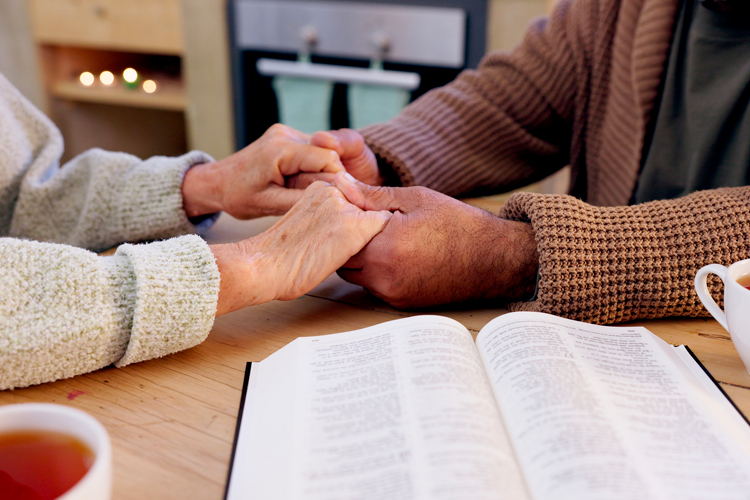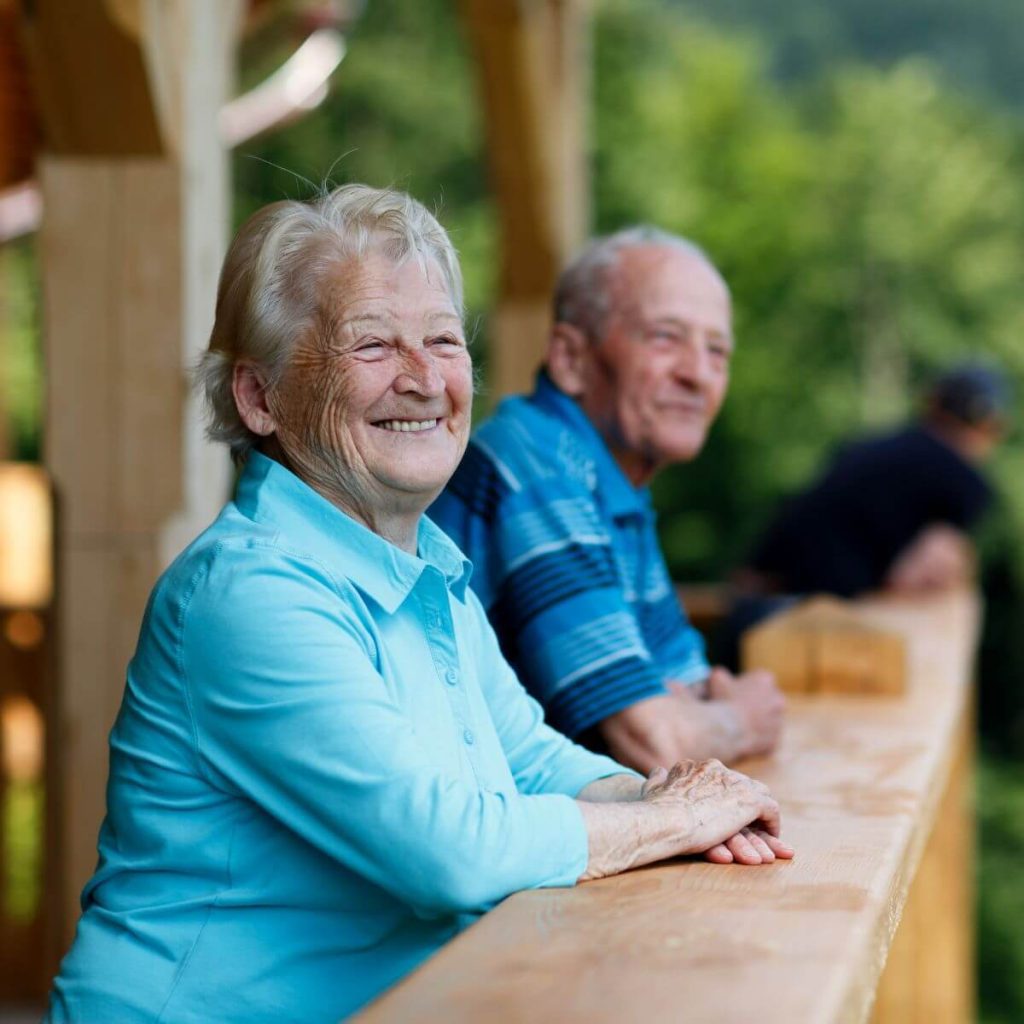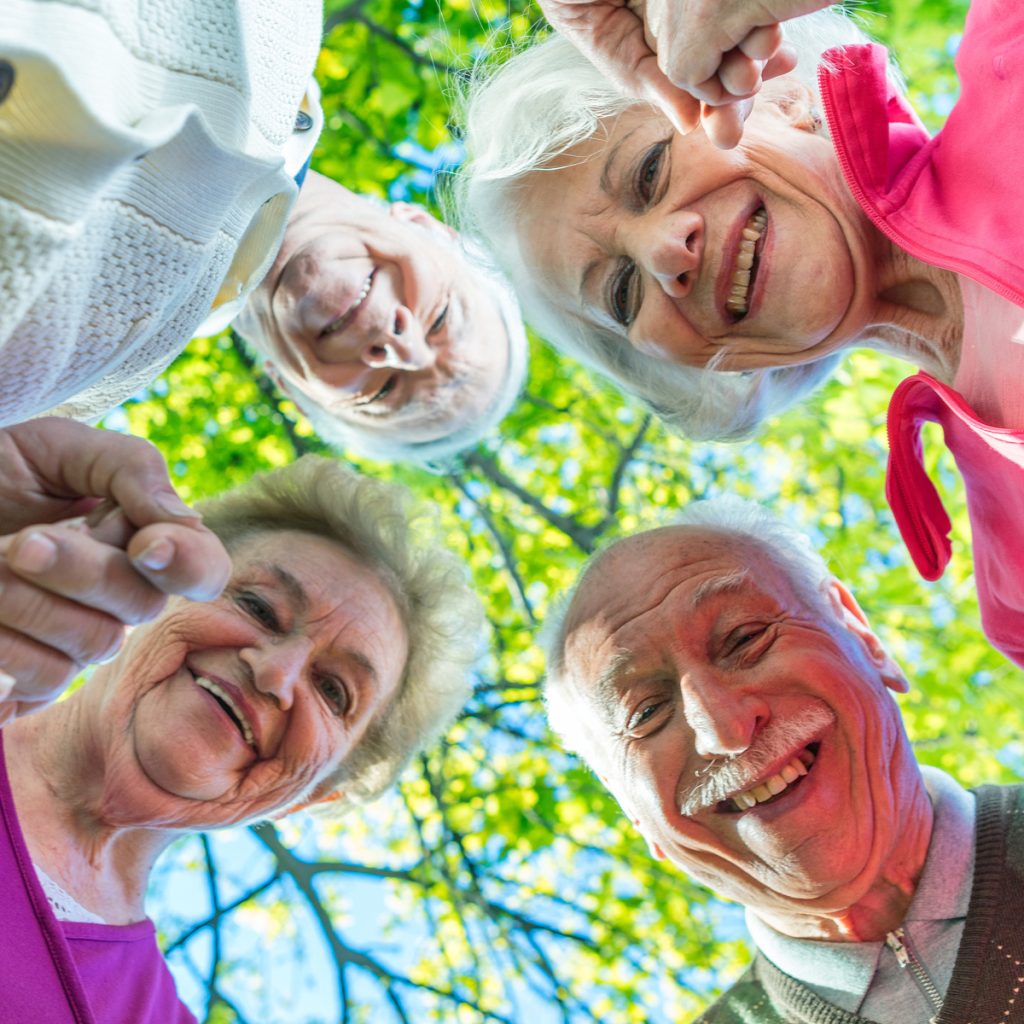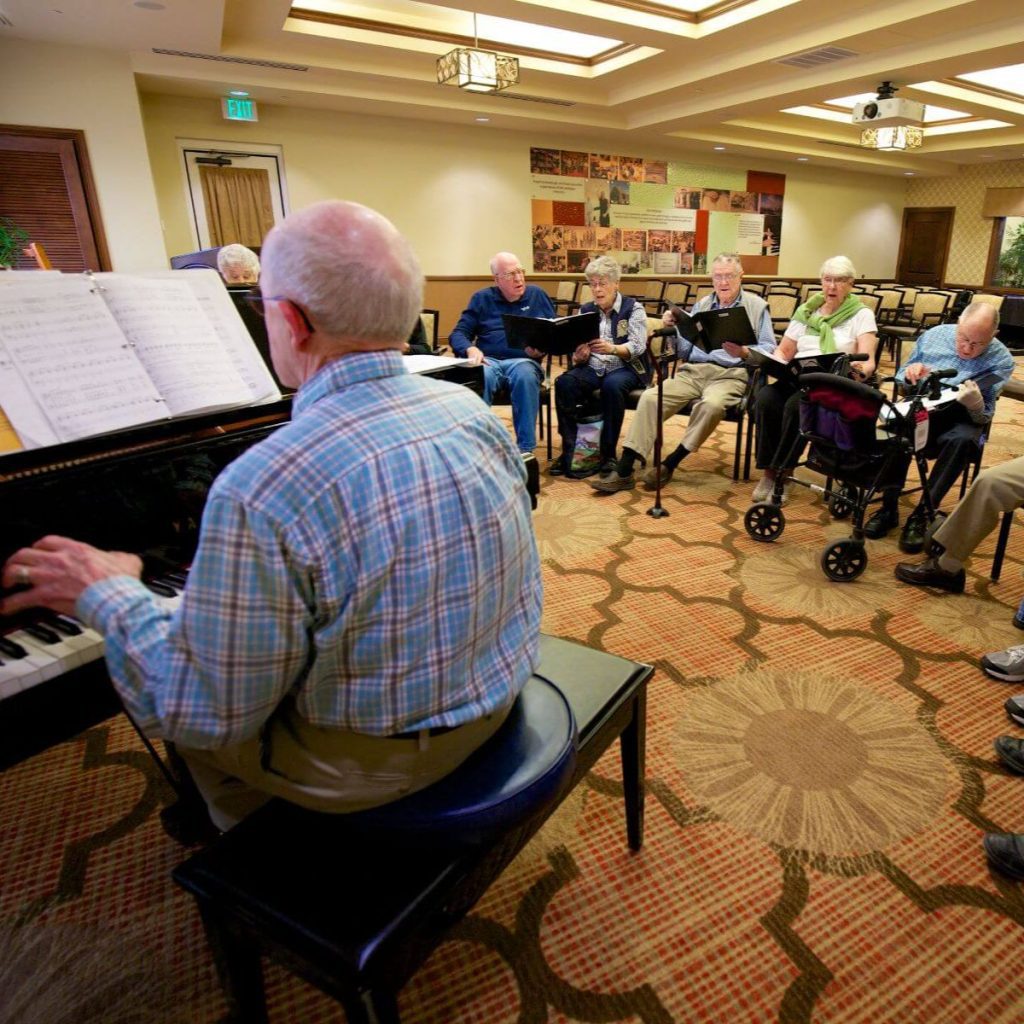As people move through the second half of life, many notice a shift in their pace, priorities, and perspectives. While much of the modern world may view aging as a process of decline, those who look more deeply often discover that this season of life offers profound spiritual opportunity. Aging is more than a biological journey. When aging is seen as a spiritual practice, it becomes a path toward wisdom, grace, and connection with something greater than ourselves.
Spirituality and the Way We Age
Spirituality has long been associated with resilience, well-being, and a sense of purpose. For older adults, cultivating a spiritual life, whether through religion, meditation, reflection, nature, or service, can be transformative. It’s not about adhering to any one tradition. Instead, it’s about engaging with the mystery of life, connecting with others, and making peace with oneself.

As the demands of early adulthood fade, the drive for career, possessions, and social approval eases—creating space for something quieter and more meaningful to emerge. This creates space for something quieter and deeper to emerge. Spiritual practice doesn’t need to be grand or complex. Sometimes, it’s as simple as watching the birds at a feeder, sitting in silence, or expressing gratitude at the end of each day.
Spiritual Support at Christian Living Communities
At Christian Living Communities (CLC), spiritual well-being is recognized as a vital dimension of whole-person wellness. As part of its holistic approach, CLC embraces spiritual support as a key pillar of wellness. A dedicated team of professional chaplains serve residents, families, team members, and the wider community by offering compassionate, individualized spiritual care.
“Chaplains support the spiritual life of residents by providing a safe place to share explorations and struggles. Open doors, open hearts,” says CLC Clermont Park resident Jane Venneford.

Aging As a Spiritual Practice
Aging itself can become a spiritual practice when it is approached with intention and an open mind. In this stage of life, people can do inner work: examine their values, release attachments, and cultivate compassion for themselves and others. Just as young adulthood is often marked by striving, older adulthood can be marked by surrender, by releasing control and learning to live with acceptance.
This doesn’t mean giving up. It means becoming more present, more attuned, more open. It means allowing the natural slowing down of life to guide us inward, toward greater wisdom. In this sense, every wrinkle, every gray hair, every ache can become part of the sacred text of one’s life because they are signs of experience, growth, and survival.
Letting Go and Downsizing
For most people moving to a community like Clermont Park, downsizing is part of the transition—often from the large homes where they raised families to more compact, manageable spaces. Letting go is one of the most tangible spiritual practices of aging. Letting go of possessions, roles, and even identities can all be part of the process. Downsizing isn’t just about clearing space in a home; it’s also about making space in the soul. As people sort through belongings, they can take the time to revisit memories, sift through the stories of their lives, and decide what matters most.
It can be a bittersweet process, but it doesn’t mean discarding the past; instead, it means honoring it, savoring it, and then releasing it with love. The photograph albums, the children’s artwork, the books and furniture—all of these carry meaning. But at some point, there is no need to carry everything forward to appreciate what was.
Downsizing becomes a spiritual practice when it is done mindfully, with gratitude and reverence. It invites people to travel lighter and to trust that what they need now is not more things but more space for peace, connection, and rest.

Slowing Down and Doing Less
One of the most countercultural aspects of aging as a spiritual practice is learning to slow down—and to embrace it not as a problem but as a blessing. In a world that prizes productivity, speed, and efficiency, choosing rest can feel like rebellion. But the body and soul crave stillness.
“Slowing down, taking time, is the foundation for mindfulness practices,” says Jane. “To be mindful is to be present in the moment to what is going on around you and within you. As Vietnamese Buddhist teacher and activist Thich Nhat Hanh says: ‘When you eat an orange, eat an orange.’”
Accepting Ourselves and the Present Moment
Another spiritual lesson of aging is acceptance. Not resignation but deep, loving acceptance of the self. This is no small task. Today’s culture idolizes youth and perfection. But aging invites people to embrace the lines on faces, the changing shape of bodies, and the new rhythms of days as part of the story.
Accepting the present moment doesn’t mean a cessation of dreaming or growing. It means people stop resisting the flow of life. The present moment is not a stepping stone to something else; it is the place where life is happening. And it is enough.
Embracing Silence and Solitude
Silence, too, becomes a teacher in later life. For many, the hustle and noise of earlier years give way to solitude. This can be uncomfortable at first, especially in a culture that equates solitude with loneliness. But being alone is not the same as being lonely. In fact, solitude can be rich, nourishing, and filled with spiritual insight. Learn more about spiritual practices to heal the human spirit.
We begin to notice things we once rushed past. The way the sun filters through the window. The sound of the wind in the trees. The softness of our own breath. In these quiet moments, we often encounter the divine—not as a distant concept, but as a living mystery woven through all things.

Gratitude and Sacred Service
Aging also brings a deeper awareness of life’s fragility. Every day is a gift. Practicing gratitude can shift the focus from what is missing to what is present. And this shift brings joy, even in the face of loss or limitation.
Spiritual aging includes continuing to serve in whatever ways we can. This may not mean grand acts of service. It might simply be listening deeply to a friend, offering kindness to a neighbor, or showing up with presence and love. One’s contributions may change, but they do not cease to matter.
Jane explains: “We hesitate to ask for or receive help because we ‘don’t want to be a burden.’”
“Years ago,” she continues, “I heard a lecture by a home health nurse who said that in her experience, the one thing, more than financial issues or health concerns, that helped the elderly live a good life was the willingness to receive help. She advised her middle-aged audience to start practicing then so they’d be ready and willing to receive help when it becomes necessary.”
“And it is also true that graciously receiving someone’s help can be a gift to the giver,” Jane says. “How can we be of service if no one accepts our offerings of help?”
It’s About Becoming Oneself
Aging is more than getting older; it is becoming more deeply oneself. It is letting go of what no longer serves, embracing the richness of the present, and discovering the sacred in everyday life. Whether through downsizing, resting, giving thanks, or embracing stillness, we shape the second half of life not by what we accumulate but by how we live.




